Post-traumatic stress disorder (PTSD) is a mental health condition that may occur after experiencing or witnessing a traumatic event. It can lead to a wide range of symptoms that can interfere with daily life. However, there are various ways to mitigate its symptoms and find relief.
What is PTSD?
PTSD may occur after experiencing or witnessing a traumatic event, such as a natural disaster, sexual or physical assault, military combat, or a severe accident. The symptoms of PTSD can arise within the first few months after the traumatic event, but they can also appear years later.
The symptoms of PTSD can be divided into four categories: intrusive thoughts, avoidance behaviors, negative mood, and hyperarousal. Intrusive thoughts may include flashbacks and recurring memories of the traumatic event. Avoidance behaviors can lead to avoiding people, places, or situations that remind the person of the traumatic event. Negative mood may cause feelings of sadness, guilt, or shame. Hyperarousal symptoms can lead to being easily startled, feeling tense or irritable, and having trouble sleeping.
Managing PTSD Symptoms
There are several ways to mitigate the symptoms of PTSD and find relief. Here are some effective strategies:
- Seek Professional Help: It is essential to seek help from a licensed mental health provider if you are struggling with PTSD symptoms. A mental health professional can help you understand your symptoms and develop a personalized treatment plan. Treatment options may include therapy, medication, or a combination of both.
- Practice Mindfulness: Mindfulness involves being present in the moment and accepting your thoughts and feelings without judgment. Mindfulness techniques, such as meditation or deep breathing, can help you manage anxiety and stress related to PTSD.
- Exercise Regularly: Regular exercise is an effective way to reduce stress and anxiety, which can help those with PTSD. Engaging in physical activities such as jogging, swimming, or yoga can help improve mood and reduce hyperarousal symptoms.
- Join a Support Group: Joining a support group for individuals with PTSD can be beneficial, especially for those who feel isolated or misunderstood. Support groups provide a safe and supportive environment to share experiences and feelings, learn coping strategies, and receive encouragement.
- Take Care of Yourself: It is crucial to take care of yourself physically and emotionally when coping with PTSD. Ensure you get enough sleep, eat a healthy diet, and engage in activities that bring you joy and relaxation.
PTSD can be challenging to cope with, but with the right support, it is possible to manage its symptoms and find relief. Seeking professional help, practicing mindfulness, exercising regularly, joining a support group, and taking care of yourself physically and emotionally are effective strategies that can help mitigate PTSD symptoms. Remember that healing from PTSD is a process that requires time and patience, but it is possible to manage symptoms and find relief.



